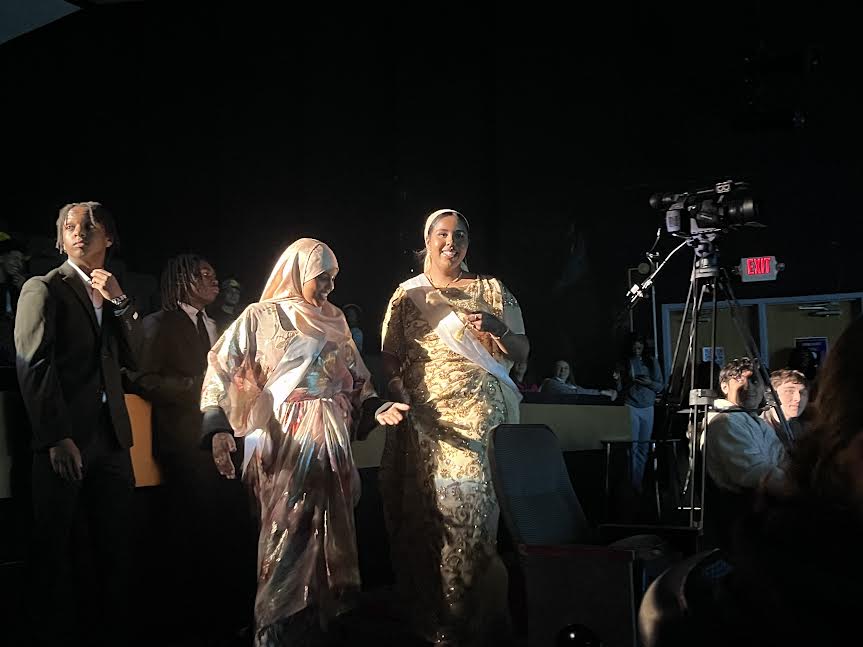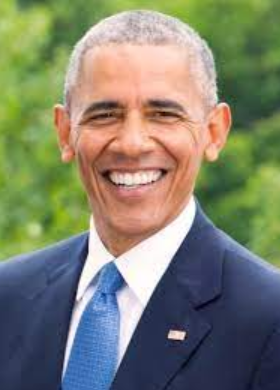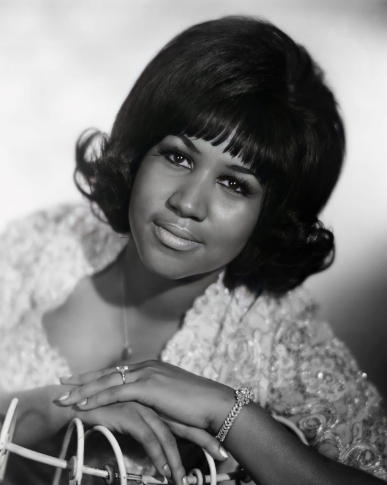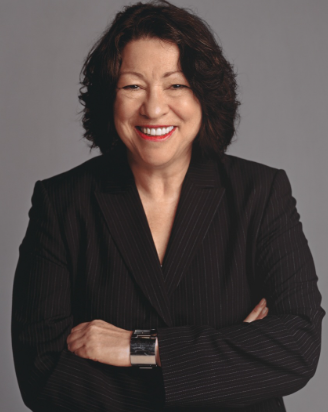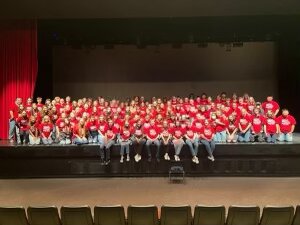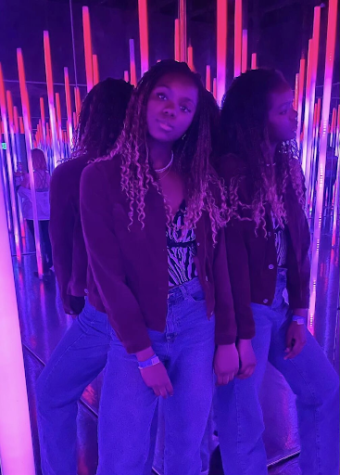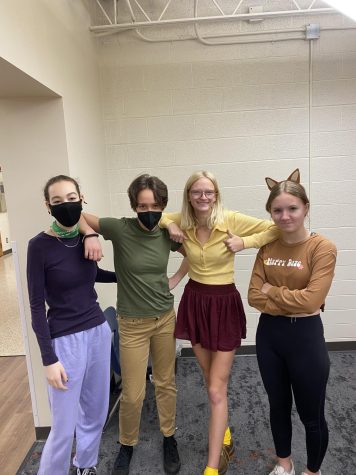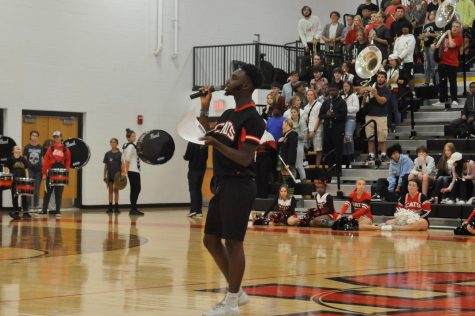Trick-or-Treating to Pumpkins: How Modern Day Halloween Came to Be
October 28, 2021
An early version of Halloween started over 2000 years ago, which was called Samhain and celebrated by the Celts. The Celts celebrated their new year on Nov. 1, which they believed was when the dead would return to the Earth for a day. According to Britannica, to celebrate the day they would dress up in costumes and create bonfires to ward off the dead, leading to some of the traditions people have today.
One tradition from Samhain is pumpkin carving. “Every year we carve pumpkins and then set them on our front porch,” Austin Andrews, sophomore, said.
According to Britannica, this tradition was started by the Celts, as they would carve faces on radishes and set them outside of their houses to scare away malevolent spirits.
While there are some similarities between this ancient holiday and modern day Halloween, many alterations have been made.
The first change came when the Catholic Church created the holiday of All Saints’ Day, which was celebrated on Nov. 1 to remember Christian martyrs. According to History.com, as the Catholic Church gained influence in Celtic communities the two holidays became one, becoming All-hallowmas (which was All Saints’ Day in Middle English). This led to the holiday’s modern name of Halloween.
Trick-or-treating was not a part of the original holiday, but was integrated later on.
“I’ll be going trick-or-treating this year,” Clay Garner, sophomore, said. “My favorite candy is probably Reese’s.”
Trick-or-treating became more popular, according to Business Insider, in Medieval Europe, when poor children would perform at doorsteps for food or money. Candy was not originally handed out, but instead there were soul cakes, baked for Halloween and handed out to trick-or-treaters. Candy only became popular in the 1920s.
According to Business Insider, while Halloween was traditionally celebrated in Europe, its traditions were brought to America by Irish immigrants. In modern day, the holiday is celebrated by more than 160 million Americans.


